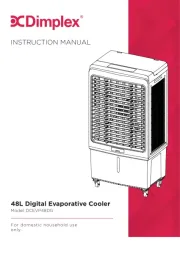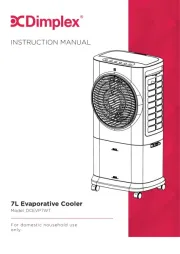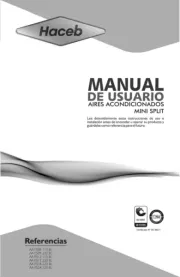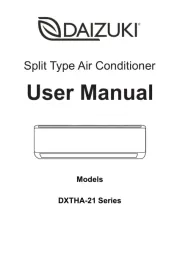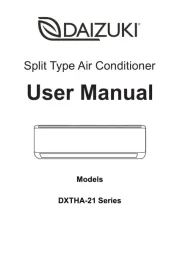Midea MIH63Q4CHN18 Manual
Læs gratis den danske manual til Midea MIH63Q4CHN18 (100 sider) i kategorien Klimaanlæg. Denne vejledning er vurderet som hjælpsom af 15 personer og har en gennemsnitlig bedømmelse på 4.2 stjerner ud af 8 anmeldelser.
Har du et spørgsmål om Midea MIH63Q4CHN18, eller vil du spørge andre brugere om produktet?

Produkt Specifikationer
| Mærke: | Midea |
| Kategori: | Klimaanlæg |
| Model: | MIH63Q4CHN18 |
Har du brug for hjælp?
Hvis du har brug for hjælp til Midea MIH63Q4CHN18 stil et spørgsmål nedenfor, og andre brugere vil svare dig
Klimaanlæg Midea Manualer
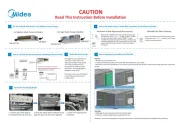
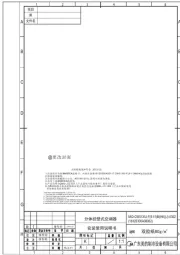
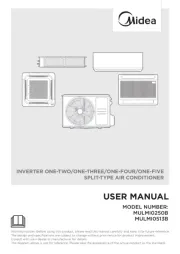
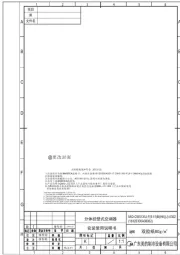
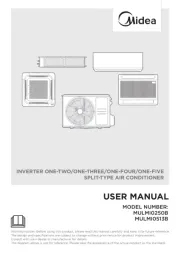
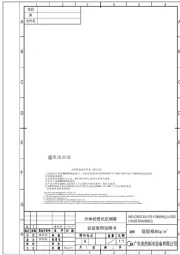
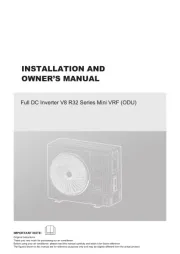
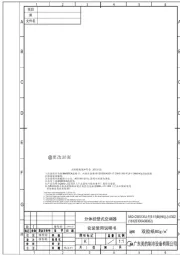
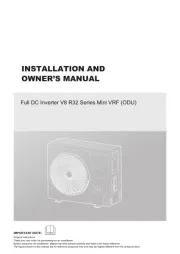
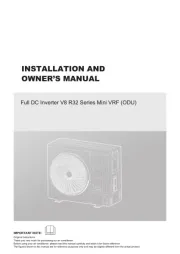
Klimaanlæg Manualer
- ARCTIC WIND
- Gutfels
- General Electric
- Zanker
- GoldAir
- Point
- Haier
- Teesa
- Bonaire
- Bauknecht
- Panasonic
- Everglades
- MPM
- Truma
- Emmeti
Nyeste Klimaanlæg Manualer
